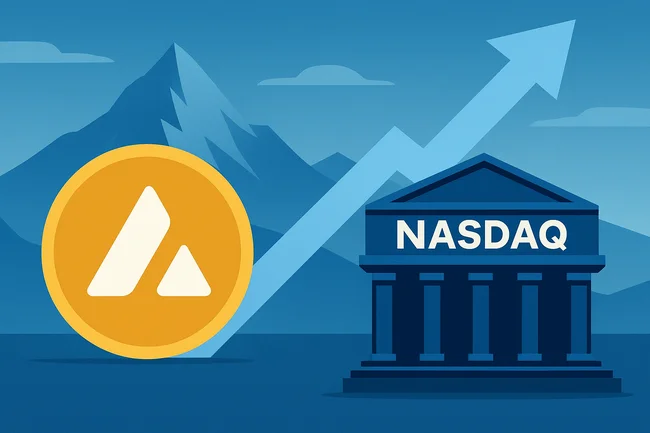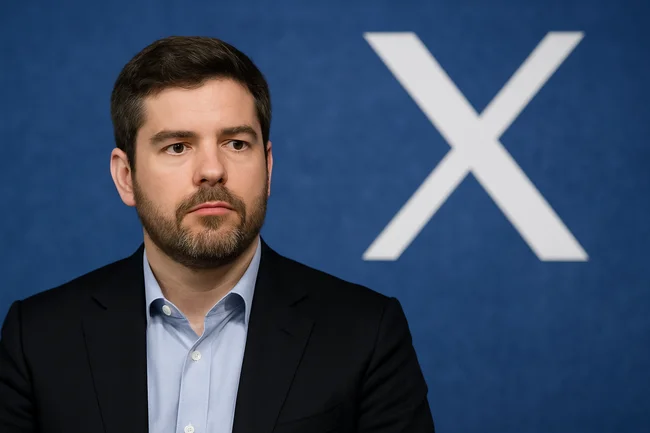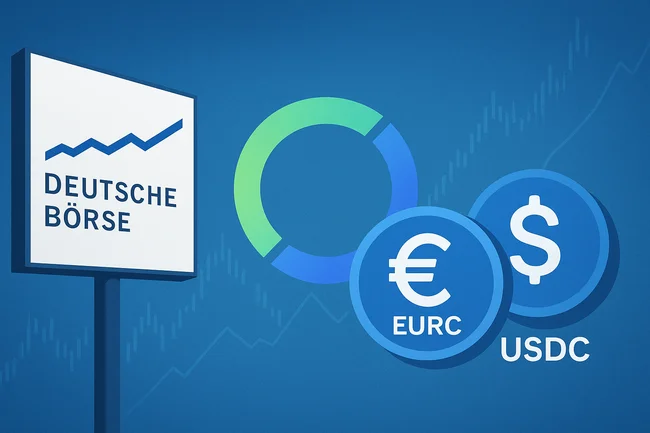Low slippage refers to minimal price changes that occur when executing a trade compared to the expected price. In trading, slippage happens when orders are filled at a different price than anticipated, often due to market fluctuations or low liquidity.When executing trades, especially large ones, the price can shift quickly. If there aren’t enough buyers or sellers at the desired price level, the order may partially fill at multiple price levels, increasing costs. Low slippage indicates that the final execution price closely aligns with what was intended.To achieve low slippage, traders often rely on strategies such as using limit orders instead of market orders. Limit orders specify the maximum price at which a buyer is willing to purchase, or the minimum price a seller will accept, helping maintain tighter control over trade execution.Ultimately, low slippage is a crucial factor for traders aiming to maximize efficiency and profitability in their transactions, ensuring they receive the best possible price for their trades.

Avalanche Treasury Co. to Go Public in $675M Deal With Mountain Lake Acquisition
Avalanche Treasury Co. (AVAT), a digital asset treasury company aligned with the Avalanche Foundation, said Wednesday it has agreed to



